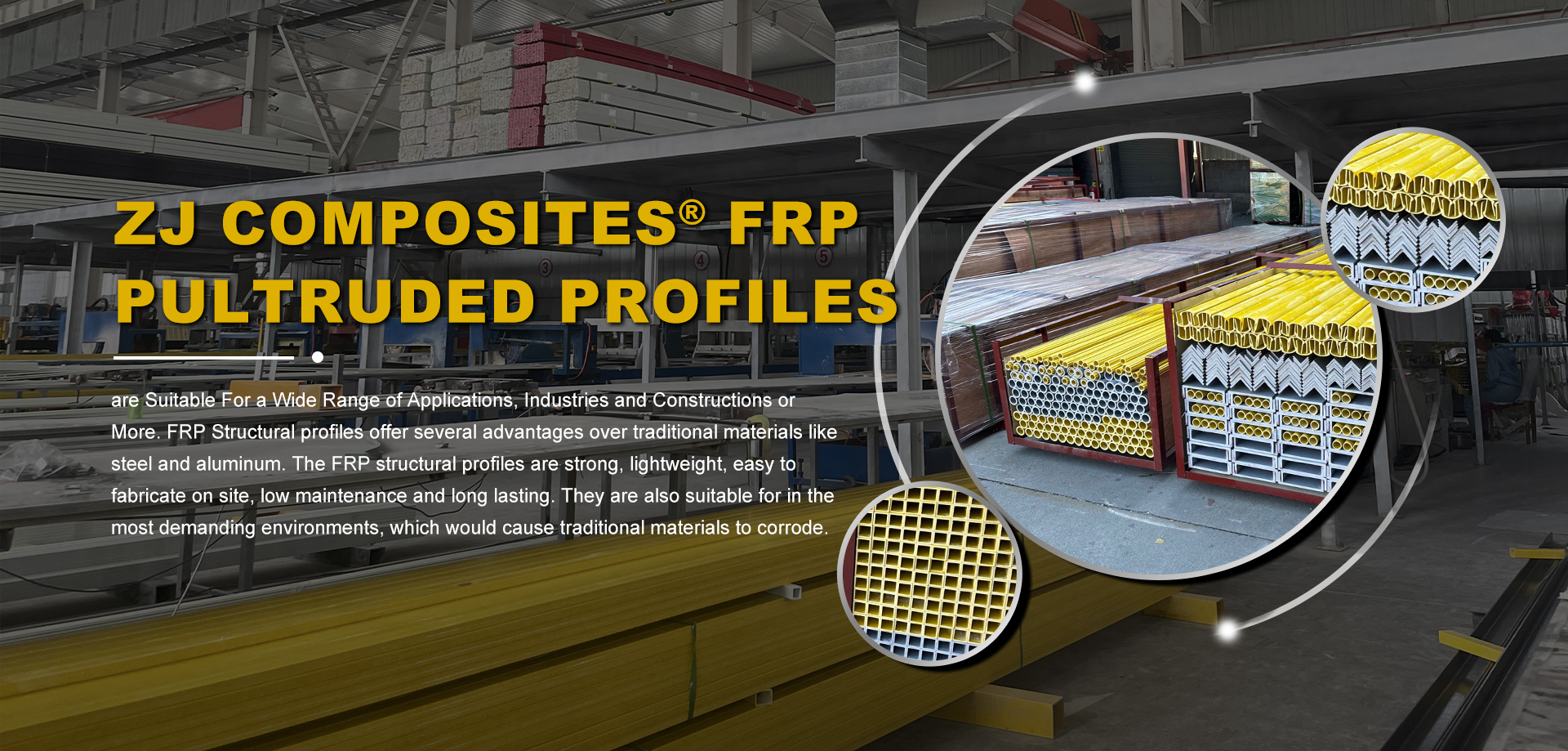loading...
- No. 9, Xingyuan South Street, Dongwaihuan Road, Zaoqiang County, Hengshui, Hebei, China
- admin@zjcomposites.com
- +86 15097380338
- Welcome to visit our website!
Exploring the Benefits and Applications of FRP Sheet Piling in Modern Construction Projects
FRP Sheet Piling A Sustainable Solution for Modern Construction
In the ever-evolving world of construction and engineering, the need for robust, durable, and environmentally friendly materials has become increasingly paramount. Among the innovative solutions that have emerged in recent years, Fiber Reinforced Polymer (FRP) sheet piling stands out as a game-changer. This advanced material offers a range of benefits for marine, waterfront, and general construction projects, making it an attractive alternative to traditional materials such as steel and concrete.
Understanding FRP Sheet Piling
FRP sheet piling is made from composite materials that incorporate a combination of fibers—typically glass, carbon, or aramid—within a polymer matrix. This unique composition imparts exceptional strength-to-weight ratios and corrosion resistance, allowing FRP sheets to withstand the harshest environmental conditions. Unlike steel, which is prone to rust, or concrete, which can degrade over time, FRP offers longevity and durability, significantly reducing maintenance costs.
Advantages of FRP Sheet Piling
1. Corrosion Resistance One of the most significant advantages of FRP sheet piling is its resistance to corrosion. In coastal and marine environments, traditional materials like steel are vulnerable to rust and deterioration due to saltwater exposure. FRP, on the other hand, is impervious to moisture, chemicals, and UV radiation, ensuring it remains structurally sound and visually appealing over its lifespan.
2. Lightweight Design FRP sheet piles are considerably lighter than their steel or concrete counterparts, which simplifies transportation and installation. The reduced weight often leads to lower handling costs and facilitates easier assembly, particularly in challenging environments or locations where heavy machinery access is limited.
frp sheet piling

3. Sustainability With growing concerns over environmental impact, FRP sheet piling presents a sustainable choice. The manufacturing process of FRP can often be less energy-intensive than that of steel and concrete, and the longevity of FRP means less frequent replacements and reduced waste. Furthermore, many FRP products are recyclable, contributing to a circular economy.
4. Versatile Applications FRP sheet piling can be employed in a variety of applications, including retaining walls, waterfront structures, and marine installations. Its adaptability allows engineers to design effective solutions tailored to specific project requirements, whether constructing barriers for soil and water retention or developing robust foundations for piers and docks.
5. Cost-Effectiveness While the initial investment in FRP sheet piling may be higher compared to traditional materials, the long-term savings associated with reduced maintenance, longer lifespan, and lower installation costs typically result in an overall budget-friendly outcome. The enduring nature of FRP contributes to its cost-effectiveness, particularly in projects where longevity is critical.
The Future of FRP in Construction
As municipalities and private developers alike begin to recognize the benefits of sustainable construction materials, the demand for FRP sheet piling is poised to grow. Innovations in manufacturing techniques and the continued development of composite materials are likely to enhance the performance and cost viability of FRP solutions.
In conclusion, FRP sheet piling represents a forward-thinking approach to modern construction. With its unique combination of strength, durability, and environmental resilience, it meets the contemporary demands of construction projects while promoting sustainability. As the industry continues to evolve, FRP is set to play a crucial role in shaping resilient infrastructures that harmonize with our ecological values. Embracing this innovative material may not just be a choice but a necessary step towards a more sustainable future in construction.
-
Premium FRP Handrail for All ApplicationsNewsAug.29,2025
-
Low Maintenance FRP Mini Mesh Grating ProductsNewsAug.29,2025
-
Innovative FRP Square Tubes for Modern Industrial SolutionsNewsAug.29,2025
-
FRP Water Storage Tanks Wholesale Solutions for Bulk BuyersNewsAug.29,2025
-
FRP Molded Grating Solutions for Diverse Industrial ApplicationsNewsAug.29,2025
-
Construction Advancements Through FRP Pultruded ProfilesNewsAug.29,2025
-
Why Choose FRP Railings, Guardrails, and Handrail Systems?NewsAug.29,2025
